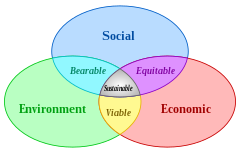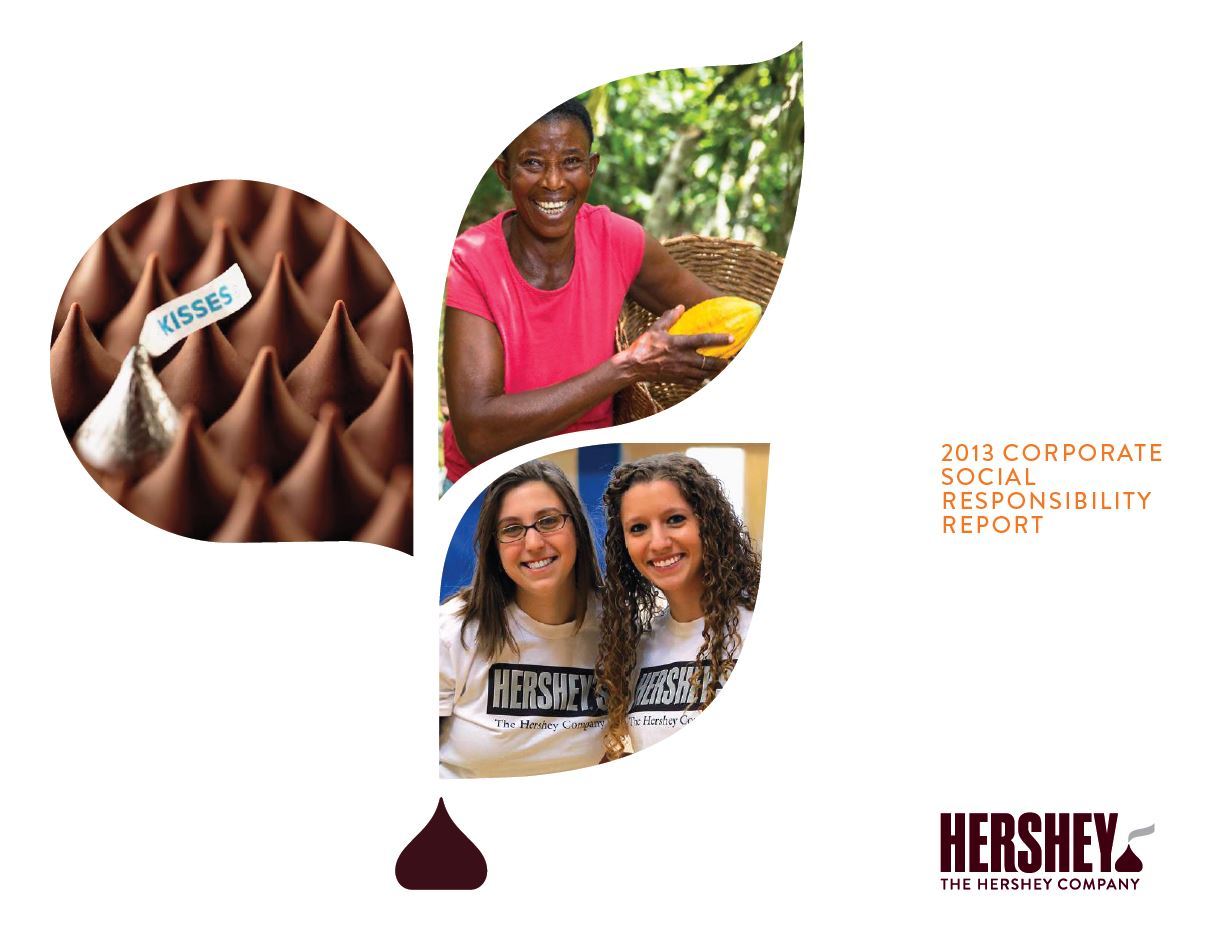How is Blogging Different from Journalism?
“…when a blogger tracks down sources, does investigative reporting, and presents the facts clearly and fairly, that is journalism” (Friedman). In journalism, there is a process of checking for sources and multiple editors look over the writing for grammar and biased opinions, etc. Many of these writers have gone to school and have a degree related to journalism.
Through the internet, on the other hand, blogging has become a place where just about anyone could express their opinions. Anyone meaning those without degrees in journalism. Blogs have been associated with pure opinions. It can be said that it is less rigorous in source searching, reporting, and presenting facts. Blogs can be spontaneous. A blogger who witnessed an incident can post it right away before the journalists can because they have to go through editing and researching process. For example, Jack Tapper is ABC’s whitehouse correspondent. He publishes fresh stories on his blog “prior to hitting it on TV, and frequently breaks news that never airs on TV” (Friedman).
However, the term sensational journalism pushes journalism beyond mere unbiased and factual presentation of information. Some journalists and journals express opinions in more colored lens. Some of the examples include “Huffingpost, The Daily Beast, Politico, FiveThirtyEight, Gizmodo, and TheNextWeb” (Friedman). To these sites, Friedman from The Next Web comments, “I’m glad that some of my former colleagues are over there and that they’re getting paid to write, but I don’t consider it journalism” (Friedman).
Good bloggers and posts, however, may be just as good as the journalists and articles. “Good reporting is good reporting no matter if it can be found on a piece or on a computer screen or a TV on a stone tablet. Good reporting includes well-resourced, reliable material presented in a captivating way. Many blogs seek to include this type of content, as do many websites” (Friedman). Biased journal articles and good blogs, thus, blur the line between journalism and blogging.
Friedman, Jacob. (2010). “Blogging vs. Journalism: The Ongoing Debate.” The Next Web. Retrieved from http://thenextweb.com/us/2010/08/18/blogging-vs-journalism-the-ongoing-debate/



 How much is 18.10 tons of carbon? YouSustain website shows me the following:
How much is 18.10 tons of carbon? YouSustain website shows me the following:




 After learning that standby energies could consume up to 75% of a devise’s active energy, I decided to take action to save money on my utility bills. Below is a visual representation of the lost energy when devise is in standby. It is also called ‘Phantom Energy.’
After learning that standby energies could consume up to 75% of a devise’s active energy, I decided to take action to save money on my utility bills. Below is a visual representation of the lost energy when devise is in standby. It is also called ‘Phantom Energy.’


 Germany is known as one of the world’s leading countries in environmental sustainability. German federal government has been working hard to eliminate the use of coal altogether and encourage the use of wind and sun among their industrial companies (Porter). However, their coal companies are still reluctant to comply with the coal reduction policy. In reaction, the German federal government resorted to giving companies monetary incentives for compliance instead of fining them.
Germany is known as one of the world’s leading countries in environmental sustainability. German federal government has been working hard to eliminate the use of coal altogether and encourage the use of wind and sun among their industrial companies (Porter). However, their coal companies are still reluctant to comply with the coal reduction policy. In reaction, the German federal government resorted to giving companies monetary incentives for compliance instead of fining them.




 The challenge I took on is exercising at least three times a week. In fact, I have been doing this for about a year now. There is a gym next to my work, and I have been trying to go at least 3 times a week. I have done sit ups, tread mill, and pull ups. Not only did I lose weight, I have gained muscles. I found the following benefits to working out:
The challenge I took on is exercising at least three times a week. In fact, I have been doing this for about a year now. There is a gym next to my work, and I have been trying to go at least 3 times a week. I have done sit ups, tread mill, and pull ups. Not only did I lose weight, I have gained muscles. I found the following benefits to working out:




 Hello, my name is Andrew Kim. I created this blog to fulfill requirements for CUNY SPS Sustainability and Green Business course. When I first signed up for the course, I saw the word ‘green’ and thought this course would be about how businesses can stay environment friendly. I glossed over the word, ‘sustainability,’ thinking that it would hold similar meaning as ‘green.’ Going green definitely has much to do with sustainability, but that is not all sustainability is about, I realized as I was reading about Hershey in the first chapter of our textbook, Triple Bottom Line. In fact, I am still trying to fully understand what sustainability entails for businesses and also for my life. When I googled the word sustainability for business, it gave me this this piece of puzzle to helping me understand better: “Business sustainability is often defined as managing the triple bottom line – a process by which companies manage their financial, social and environmental risks, obligations and opportunities. These three impacts are sometimes referred to as profits, people and planet.” So I did not realize that there are people and profit components of the word sustainability.
Hello, my name is Andrew Kim. I created this blog to fulfill requirements for CUNY SPS Sustainability and Green Business course. When I first signed up for the course, I saw the word ‘green’ and thought this course would be about how businesses can stay environment friendly. I glossed over the word, ‘sustainability,’ thinking that it would hold similar meaning as ‘green.’ Going green definitely has much to do with sustainability, but that is not all sustainability is about, I realized as I was reading about Hershey in the first chapter of our textbook, Triple Bottom Line. In fact, I am still trying to fully understand what sustainability entails for businesses and also for my life. When I googled the word sustainability for business, it gave me this this piece of puzzle to helping me understand better: “Business sustainability is often defined as managing the triple bottom line – a process by which companies manage their financial, social and environmental risks, obligations and opportunities. These three impacts are sometimes referred to as profits, people and planet.” So I did not realize that there are people and profit components of the word sustainability.

